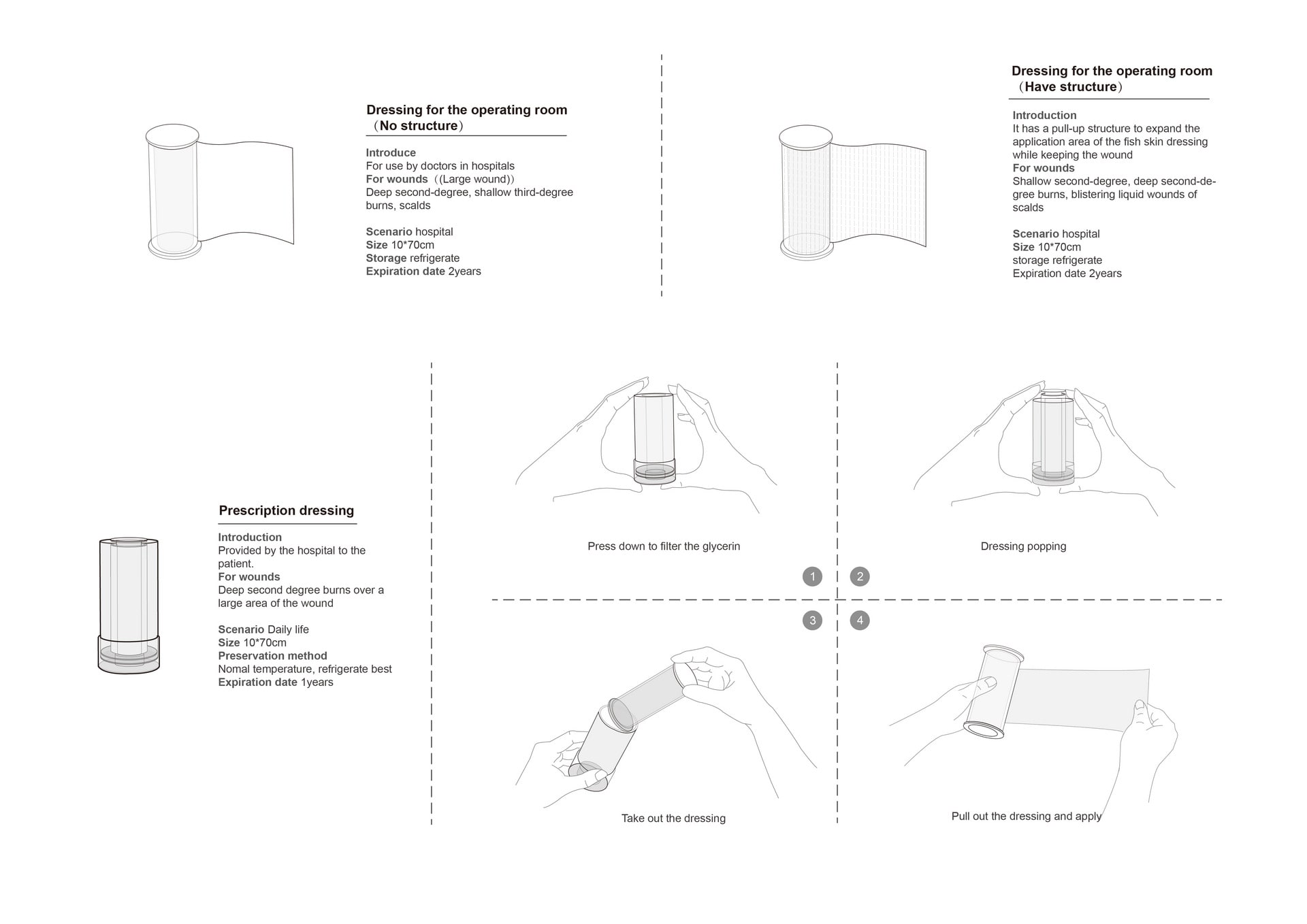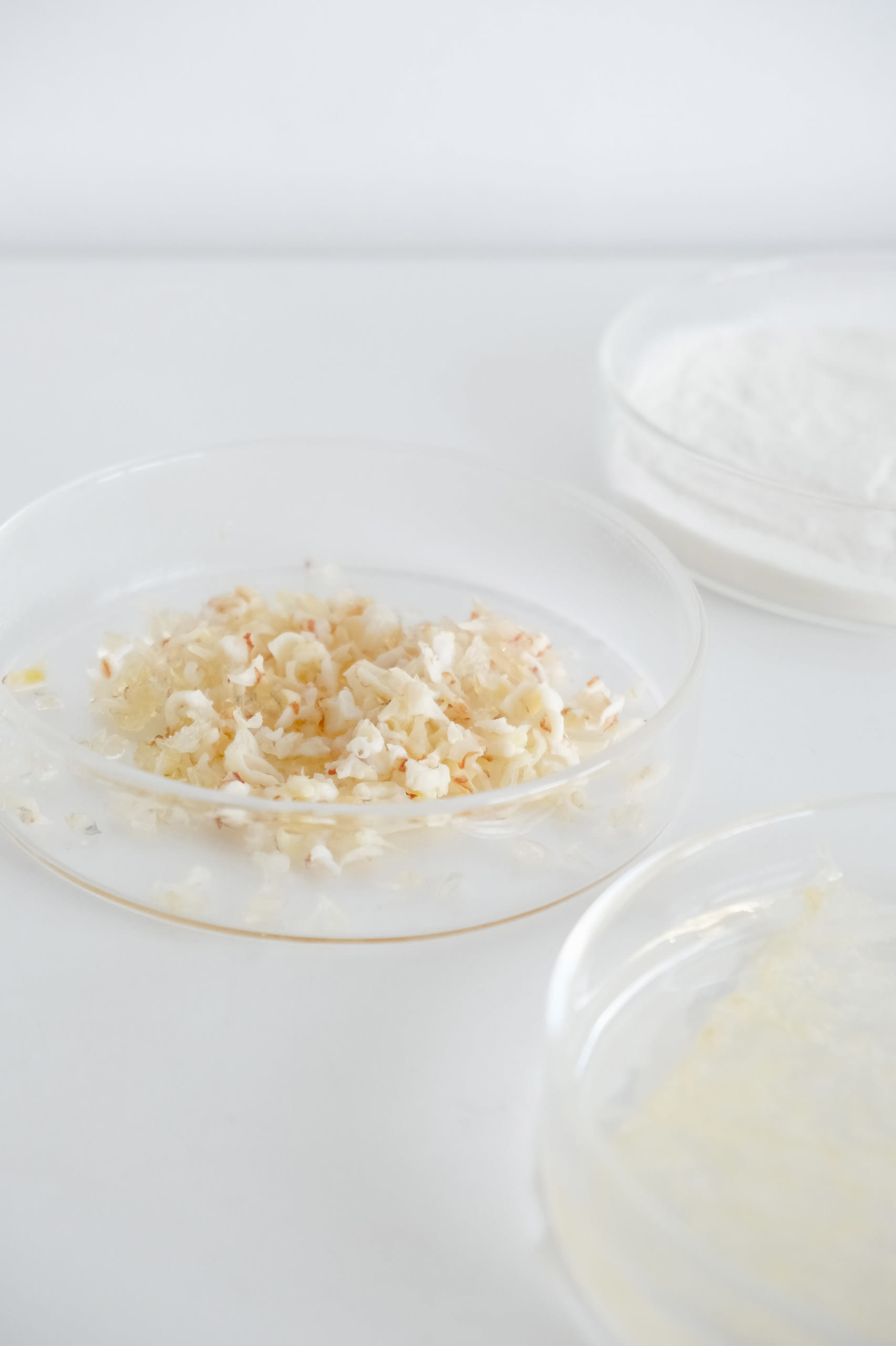An interdisciplinary designer and researcher, she sees design as a highly integrative activity. During her postgraduate studies, she explored biomaterials and their future business models, hoping that in the future they can be made more commercially viable in conjunction with artificial intelligence and thus be popularised in people's lives. Her current practice is focused on exploring sustainable business models for biomaterials.
Qi Qi

Degree Details
School of DesignDesign Products (MA)RCA2023 at Battersea and KensingtonRCA Battersea, Studio Building, Third floor

As a product design student, I have always strived to find a balance between design, environment and business, so that my work can be forward-looking and grounded. Therefore, during my postgraduate studies, apart from learning about product design, I learnt more systematically about the commercial thinking required to take a product from inception to market through working with service design designers.
I hope that in my future work, I can still maintain a sense of life while thinking in a more rational commercial way.

AquaDerm
The AquaDerm range of fish skin dressings aims to combine biomaterials with the medical field, using tilapia fish skin, which is treated as a by-product, to provide patients with a low-cost, wound-healing dressing.
In terms of efficacy
Tilapia skin has the same type I collagen as human skin, as well as EPA, DHA and omega-3 in the skin to reduce inflammation and promote rapid wound healing. It can be used on different types of wounds, such as lacerations and burns (superficial secondary, deep secondary, superficial tertiary)
Compared to conventional dressings. Shorter recovery period, no need for frequent dressing changes, pain relief, good tension and waterproof breathability.
Although tilapia skin dressings have been used clinically at this stage, they are not widely available because they are not easy to store and are cumbersome to handle. In this regard, we have focused on optimising the packaging and user experience so that it can be used more easily in everyday and medical scenarios.
In terms of user experience, the size of the tilapia dressing is limited by the size of the dressing, so we have combined this with a stretchable structure to expand the area of the dressing.
We have divided the tilapia dressing into different scenarios for the specific design of the dressing, the daily scenario and the medical scenario.
1. The daily scenario is aimed at small wounds (lacerations, shallow second degree burns etc.) and is stored in glycerine at room temperature.
2. Medical scenarios for large burns (deep second degree burns and superficial third degree burns), which are stored under refrigeration.
Cost
Tilapia is an invasive species in China, flooding several water bodies in the south.
In the UK, tilapia skins are discarded as a by-product. The fishery discards the skins and it costs money to dispose of them.
Tilapia is cheap to utilise and when an industry is formed, it can bring some economic benefits.











In Collaboration with:
Medium:
Tilapia Fish Skin


In Collaboration with:
Medium:
Tilapia Fish Skin




In Collaboration with:
Medium:
Tilapia fish skin
In Collaboration with:
Medium:
Tilapia Fish Skin


